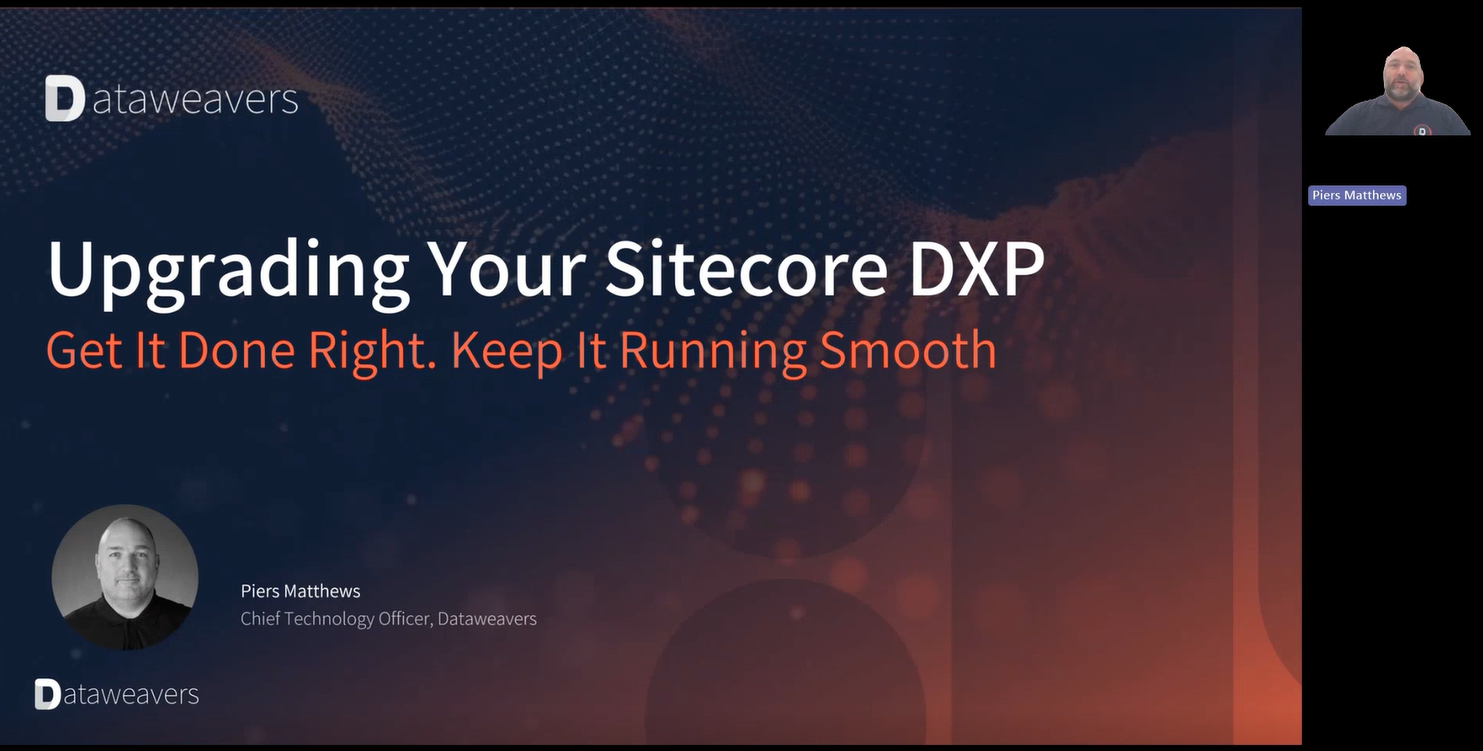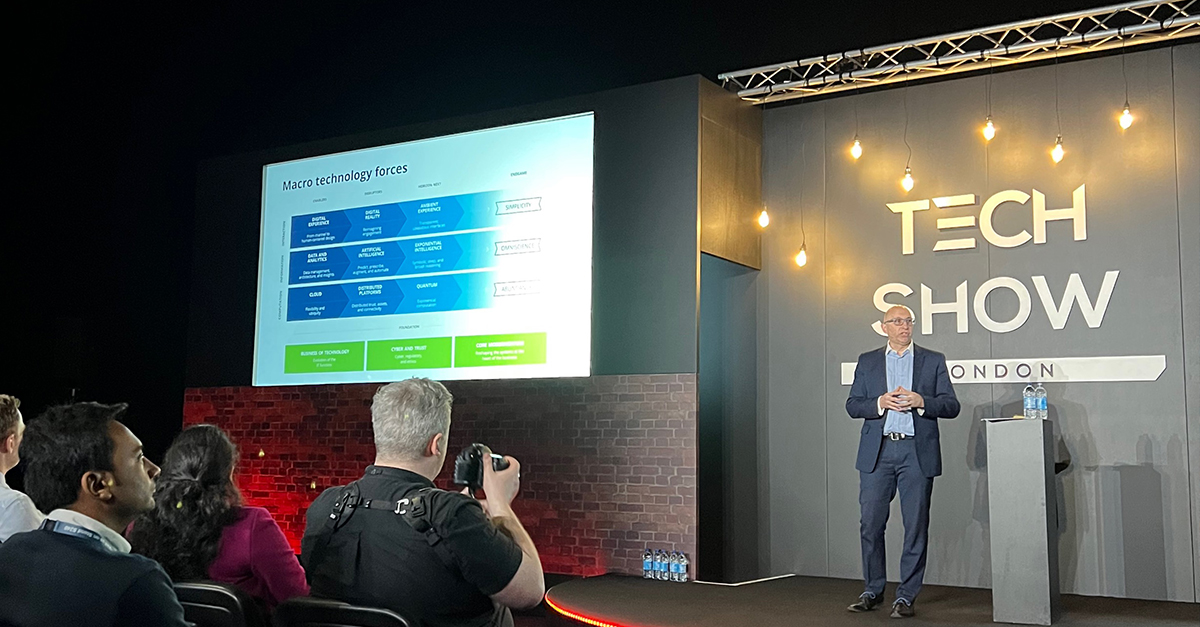A headless CMS is a way of managing content that gives your business more flexibility in how that content is delivered to customers. It’s called “headless” because the front end (the part users see) is separated from the back end, where content is created and stored.
Instead of locking content and layout together, headless systems deliver content through APIs. This means your content can be created once and used anywhere: on websites, mobile apps, digital kiosks, or even smartwatches.
How Is It Different from a Traditional CMS?
In a traditional CMS like WordPress or Sitecore XP, the content and the design are tightly connected. You manage both through the same platform, which can make it difficult to reuse that content in other digital channels.
With a headless CMS, the content sits independently from the design. Developers can build custom websites and apps using modern tools, while content authors work in a user-friendly editor that connects through APIs.
What Are the Business Benefits?
- Omnichannel reach: Share content easily across websites, apps, devices, and screens
- Speed and agility: Launch updates faster by allowing developers and content teams to work in parallel
- Design freedom: Give developers the tools to build custom user experiences without being tied to the CMS interface
- Scalability: Most headless platforms are cloud-native and optimized to grow with your business
- Future flexibility: Update your front end without needing to rebuild your entire CMS setup
What Are the Trade-Offs?
Headless gives you more flexibility and control, but also asks more of your team. You’ll need developers to build and maintain the front end, developers for the backend, developers for APIs, and you’ll need to think about DevOps, security, performance, and content previewing.
If you're only managing a single, simple website, a traditional CMS may still offer more convenience with less effort.
Is Headless Right for You?
Headless is a great fit if your organization is planning to:
- Expand to multiple digital channels
- Improve delivery speed for campaigns and updates
- Move away from monolithic platforms
- Offer modern, app-like digital experiences
If that sounds like you, then headless is worth exploring.
Want to go deeper?
Check out our Complete Guide to Headless CMS and Composability to see how headless fits into an enterprise strategy, including how to adopt it safely and avoid common traps.
Prefer a takeaway?
.png?width=331&height=331&name=eBook%20Cover%20-%20Hidden%20Traps%20with%20Headless%20Apps%20(2).png)

Need to upgrade first?
Our webinar shows you how to take the fist step to Headless






